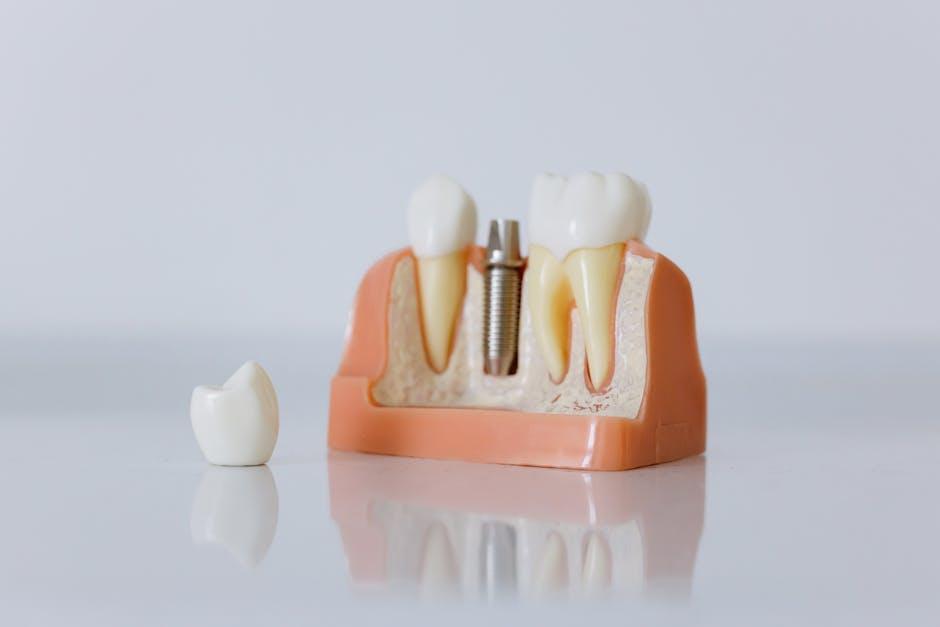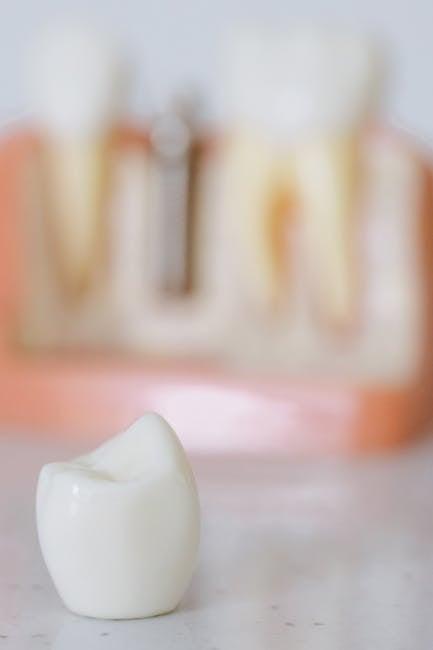
Tooth Replacement Market to Reach $30.6 Billion by 2032, Growing at a CAGR of 7.7% from 2025, Says Meticulous Research®
The global tooth replacement market is witnessing unprecedented growth, propelled by technological advancements, rising cases of tooth loss, and increasing awareness about dental health. According to a recent report by Meticulous Research®, the market is projected to hit an impressive valuation of $30.6 billion by 2032, expanding at a robust compound annual growth rate (CAGR) of 7.7% from 2025 onwards. This remarkable surge highlights the escalating demand for innovative and durable tooth replacement solutions worldwide.
Understanding the Tooth Replacement Market
The tooth replacement market encompasses a wide range of dental prosthetics and implants designed to restore oral functionality and aesthetics after tooth loss. Common tooth replacement options include dental implants, dentures, bridges, and crowns. With a growing elderly population and increasing dental tourism, the market is positioned for continual expansion over the next decade.
Key Market Segments
- By Product Type: Dental Implants, Dentures, Bridges & Crowns
- By Material: Titanium, Zirconia, Others
- By End-User: Dental Clinics, Hospitals, Specialty Dental Centers
- By Region: North America, Europe, Asia-Pacific, Latin America, Middle East & Africa
Market Growth Drivers
Several key factors are fueling the rapid growth of the tooth replacement market:
- Increasing Prevalence of Tooth Loss: Factors such as dental caries, periodontal diseases, and trauma significantly contribute to rising tooth loss globally.
- Technological Advances in Dental Prosthetics: Innovations like computer-guided implant surgery, 3D printing, and improved biomaterials enhance treatment outcomes and patient satisfaction.
- Rising Disposable Income Levels: Growing awareness and willingness to invest in dental health encourage individuals to opt for advanced tooth replacement options.
- Expanding Elderly Population: Seniors have a higher incidence of edentulism (tooth loss) and thus drive demand for effective prosthetic solutions.
- Increased Dental Tourism: Patients from developed regions seek affordable yet quality dental treatments in emerging economies, bolstering market growth.
Market Forecast: 2025 to 2032
The Meticulous Research® report provides a detailed analysis of the tooth replacement market’s projected journey leading to 2032.
| Year | Market Size (USD Billion) | Annual Growth Rate (%) |
|---|---|---|
| 2025 | 18.4 | – |
| 2026 | 19.8 | 7.7% |
| 2027 | 21.3 | 7.7% |
| 2028 | 22.9 | 7.7% |
| 2029 | 24.6 | 7.7% |
| 2030 | 26.4 | 7.7% |
| 2031 | 28.4 | 7.7% |
| 2032 | 30.6 | 7.7% |
Popular Types of Tooth Replacement Solutions
1. Dental Implants
Dental implants are the most preferred tooth replacement method due to their durability and resemblance to natural teeth. Made primarily of titanium or zirconia, implants fuse with jawbone via osseointegration to provide a stable base for crowns or bridges.
2. Dentures
Removable dentures are cost-effective and widely used for replacing multiple missing teeth. They come in partial and full forms and are best suited for patients contraindicated for implants.
3. Bridges & Crowns
Dental bridges use adjacent natural teeth to support one or more artificial teeth, offering a fixed prosthetic option. Crowns restore individual damaged or missing teeth and enhance both function and aesthetics.
Benefits of Tooth Replacement
- Improved Oral Functionality: Helps restore chewing and speaking abilities efficiently.
- Enhanced Confidence & Smile Aesthetics: Boosts self-esteem by filling gaps due to missing teeth.
- Prevention of Bone Loss: Implants stimulate the jawbone, preventing deterioration.
- Better Overall Oral Health: Maintains alignment of surrounding teeth and prevents additional tooth loss.
Practical Tips for Choosing the Right Tooth Replacement Option
- Consult a Dental Specialist: Always seek professional advice to identify the best treatment aligned with your oral health and lifestyle.
- Assess Budget and Long-term Benefits: Consider initial cost, expected longevity, and maintenance needs.
- Check for Material Allergies: Some materials may cause allergies; ensure compatibility for implants or dentures.
- Focus on Oral Hygiene: Proper care and cleaning routines are critical regardless of the replacement type.
Case Study: Transforming Smiles with Advanced Dental Implants
Jane D., a 58-year-old patient, struggled with missing molars affecting her chewing capability and confidence. After consultation, she opted for titanium dental implants. Within a few months, Jane regained proper function and natural aesthetics, enabling her to enjoy her favorite foods and smile wide at social gatherings. This case underscores the tremendous impact of modern tooth replacement solutions on quality of life.
Conclusion
The tooth replacement market is on a dynamic growth path, set to reach $30.6 billion by 2032, driven by increasing demand for enhanced dental restoration solutions. With advancements in material science, surgical techniques, and patient awareness, tooth replacement options are becoming more accessible, effective, and patient-friendly. Whether you seek dental implants, dentures, or bridges, ensure you make informed decisions by consulting dental professionals and exploring the latest technologies. Staying proactive about oral health today guarantees a confident, functional smile for years to come.


